
A guide to sustainable travel
If you’re considering getting an Interrail Pass for your trip around Europe, you’re already halfway there! But sustainable travel doesn’t stop there: there are plenty of ways to incorporate other ways of sustainability in your way of travelling (but, also your daily life).

1. Say no to single-use
In a lot of countries bans on plastic bags are already in place, but there are more single-use plastics you can say no to. Invest in a durable grocery bag, cloth food baggies, light weight food boxes, a set of cutlery and a nice water bottle. If you like to drink with a straw, get a reusable one made from metal or bamboo.
The boxes will make bringing food on the go a lot easier, your water bottle just needs a refill so you can skip buying single-use waterbottles and your sturdy bag can carry at least the same (but most likely more) weight as a plastic bag.
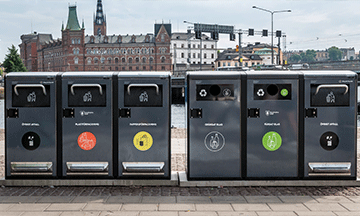
2. Recycle
You probably do some recycling at home, so why not when you’re on the road (or on the tracks 😉). Every country has their own recycling program, so try to find out where and how you can recycle any trash that you create in the country you’re at. And, naturally, don’t litter! If there’s no trash can around, take it with you and dispose of it when you can.
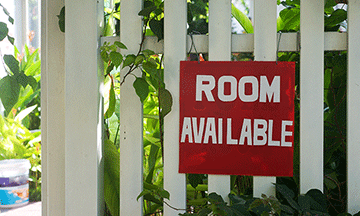
3. Sustainable accommodation
There are a few ways to find an accommodation that fit your new sustainable travel style. The first one is to rent a room or apartment directly from locals, this way your money will flow right back in to the local economy.
Other types of accommodation you could consider are ecolodges and -hotels. The way of working and the infrastructure at these accommodations have been improved to minimize the impact on the environment, which reduces your carbon footprint.
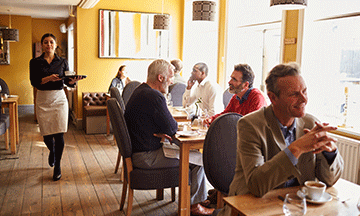
4. Shop local!
To add something to the point mentioned above: try to shop local! So, get your groceries at markets, eat at local restaurants, find nice souvenirs in small boutiques, and use services of local businesses, like city tours, sports and activities. Again, this all helps the local economy!
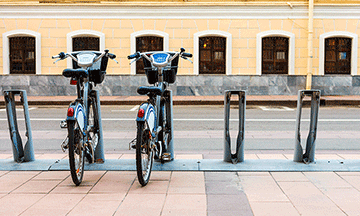
5. Transport
Getting from one destination to the other is easy-peasy with your Interrail Pass, but getting around at your destination is another story. Sometimes you can get by with just walking (as sustainable as it gets). However, if a city is bigger than your legs can handle, see if you can rent a bike or make use of the different types of public transport that are available. In some cities public transport is even included in your Pass, so you can skip the taxi! Don't forget to check out the Pass benefits of the country you're travelling in.
Did you know...
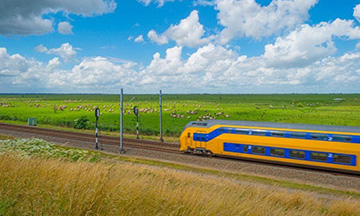
...that while the emissions of the transport sector in total were growing, the emissions of the railway sector were actually going down?
Of all the CO2 that's emitted by EU countries (in 2014), the transport sector was responsible for 31%. Cars and other vehicles contributed the most to this amount (73,4%), followed by aviation (12,6%) and maritime transport (10,6%). The railway sector was responsible for just 1,6% of the total emissions of the transport sector.
Change of currency
You cannot change the currency once you have a Pass in your cart. Remove the Pass, and then change the currency on the website header.





